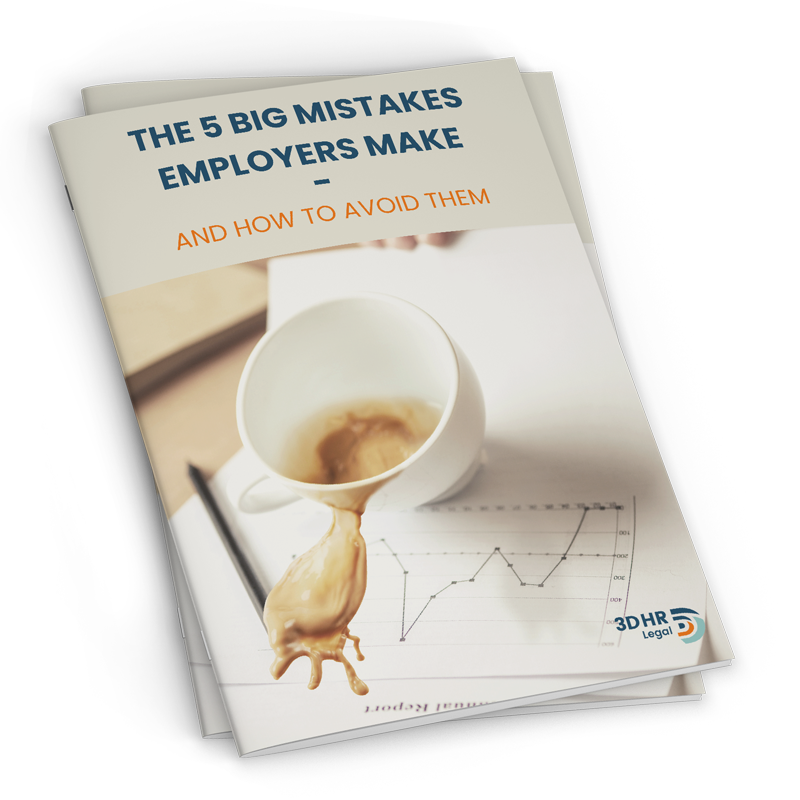Is the new JobKeeper payments scheme the saviour for business it is being made out to be? The answer is – not always.
You need to give solid thought and consideration to whether the JobKeeper payments are a useful tool for your business before you even attempt to work out whether you are eligible.
The Scheme is a no brainer for some
Let’s be clear. If your staff are still working and being paid $1500 (or close to) each fortnight, then it is likely going to be worthwhile, as the government are effectively subsidising a good portion of your wage bill.
But what if your staff aren’t working? Is it still useful?
If your staff aren’t working at all, or only a limited amount, then you need to weigh up the pros and cons.
Cons
The Scheme comes with a number of consequences:
- Admin burden:
First, this scheme is not easy to get your head around. There are forms to complete, records to keep, and the mental load of making sure you comply with all ATO requirements. The last thing you want is to find that you need to backpay an amount or that you are being issued with a penalty from the ATO or FWC. - Financial Pressure:
The scheme is a reimbursement scheme. That means an employer has to first pay an employee $1500 in the relevant fortnight in order to claim it back from the government. How will your business do this if cashflow is poor? The government is suggesting you talk to your bank. Others have suggested the employee loan you the money. Any type of loan needs to be carefully considered when a business is already under financial distress.
If this scheme really is “one in all in” it might add up to a lot of money each fortnight to make sure every eligible employee is paid the $1500 necessary to seek reimbursement.
Then of course, if the scheme is proving difficult for you to manage, there are the costs of seeking professional advice. - Accruing employee leave entitlements:
If your permanent employees are “stood down” or working a reduced number of hours under a job keeper direction, they are still entitled to accrue leave entitlements based on their usual ordinary hours of work. For example, if an employee usually works 38 hours per week and is now only working 20, they will be paid for 20, but accrue leave based on 38.
(NOTE: This situation may be different if you have “agreed” a variation of contract with your employee. Seek advice on the difference.) - Productivity impact:
Those employees who are directed to work fewer hours than normal, or to perform different duties, may have a sense of entitlement to receive the $1500 without working at all. I have heard many reports of employees refusing to work in this instance.
Those who do still work may have a poor attitude which may result in decreased productivity and a negative impact on the whole team energy and culture.
Pros
Like any argument, there are also many reasons for using the JobKeeper payments as a tool to keep your business afloat.
- Financial and business boost:
If you can work out a way to use your employees during this downturn, you can set your business up for the future when things return more to normal.
For example, can you ask your employees to create procedure manuals, do social media or other marketing activities, plan future campaigns, etc? If you can utilise their time up to the $1500/fortnight subsidy, you can get through all of those tasks you’ve been putting off for “one day”, and the government will foot the bill. - Maintain connection:
The Prime Minister has made it clear that the fundamental reason behind these payments is to enable employees to stay employed and connected to their employers.
By keeping your employees employed, you will be ready to go as quickly as possible when work and life restrictions are lifted.
You don’t want to be caught out having to find, hire and train new staff when your business gets the green light again. - Culture and Goodwill:
Unlike the employees mentioned above who are feeling a bit entitled, there are many others who will be grateful that you have taken on the admin burden.
The JobKeeper $1500 payment is higher than the JobSeeker payment and doesn’t depend on meeting the means test. There are definitely those who, if they don’t get JobKeeper payments, won’t get anything at all – and they know it!
Also – those who normally earn less than $1500 a fortnight will actually get a financial boost under the JobKeeper payment scheme.
Employees in these categories will feel grateful and hopefully it will lead to better employment relationships in future. - Reputation:
Finally, by doing everything you can as an employer to keep people employed, you can cement your reputation as an employer of choice. This is good for marketing your products/services, and also when you are looking to hire new employees in future.
So is JobKeeper right for you?
The answer isn’t always clear cut. Take some time and reflect on your business needs right now, and into the future.
If you need some help to work out how to make the most of the JobKeeper payments, keep good relationships with your employees, and avoid legal claims, get in touch with our team. Book a free 15 minute consult here.


Recent Comments